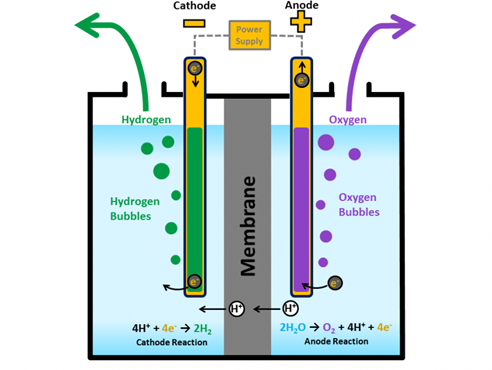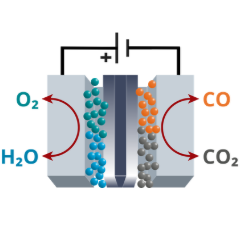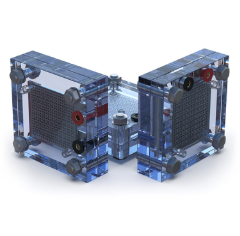Renewable Energy
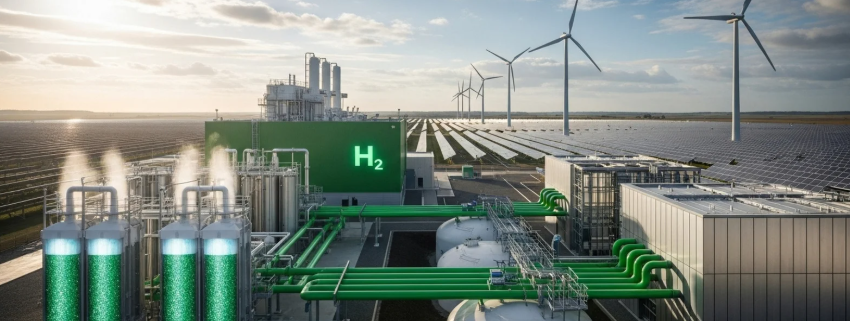
Renewable energy refers to power derived from resources that are naturally replenished on a human timescale: such as sunlight, wind, water, and geothermal heat. Unlike fossil fuels, these sources produce little to no greenhouse gas emissions during operation. Renewable energy systems convert natural phenomena into usable electrical or thermal energy through technologies like photovoltaic cells, wind turbines, hydroelectric generators, and fuel cells.
The rapid shift toward renewable energy is reshaping industries worldwide—from power generation and grid infrastructure to transportation and manufacturing. At the core of this transformation lies materials science: advanced polymers, adhesives, encapsulants, coatings, and conductive materials that enable devices to operate efficiently and reliably in harsh outdoor environments for decades.
Clean Energy vs. Green Energy vs. Renewable Energy
These terms are often used interchangeably but have distinct technical meanings:
Term | Definition | Example |
Renewable Energy | Energy from sources that replenish naturally and continuously. | Solar, wind, hydro, geothermal, biomass |
Green Energy | A subset of renewable energy with the lowest environmental impact throughout its life cycle. | Solar and wind power |
Clean Energy | Any energy that emits little or no greenhouse gases—even if not renewable. | Nuclear power, hydrogen fuel produced with carbon capture |
Renewable is about resource replenishment. Green is about environmental lifecycle. Clean is about carbon footprint.
Many national energy-transition strategies combine all three categories. In practice, most modern energy-transition strategies combine renewable and clean energy technologies to decarbonize both generation and storage sectors.
Global Development of Renewable Energy
Renewable energy is now the fastest-growing segment of the global power sector. According to major international agencies:
Renewables generated ~30% of global electricity in 2024, up from only 20% a decade ago.
Solar PV capacity surpassed 1.4 terawatts, doubling in less than three years.
Wind energy exceeded 950 GW, with offshore installations expanding rapidly.
Battery Energy Storage Systems (BESS) deployments are rising at >25% CAGR as grids manage increasing intermittency.
Green hydrogen capacity is scaling sharply as electrolyzer costs continue to fall.
This rapid growth creates new engineering challenges: longer lifetimes, higher voltages, harsher outdoor exposure, and the need for advanced conversion and storage technologies — precisely where specialty materials play a crucial enabling role.
Four Major Renewable Energy Sources
Below are the four most widely deployed renewable sources, each with its material demands.
Solar Energy
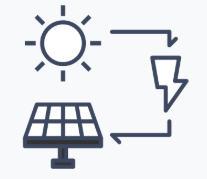
Solar photovoltaics convert light to electrical energy using semiconductor junctions (typically silicon or thin-film). Solar systems include PV modules, junction boxes, cabling, MPPT controllers, and inverters.
Benefits: Zero emissions during operation, Easily pairs with BESS (Battery Energy Storage Systems), Scalable from rooftop to utility farms
Challenges:
- UV degradation of materials
- Moisture and temperature cycling
- High-voltage DC insulation requirements
- Dust, sand, and corrosion exposure
Wind Energy

Wind turbines generate electricity through rotational energy converted in generator systems and power electronics housed in the nacelle.
Benefits: High output, especially offshore, Strong nighttime complement to solar, Mature and highly efficient
Challenges:
- Vibration, shock, and mechanical fatigue
- Salt spray corrosion (offshore)
- Harsh environmental exposure
Hydroelectric Energy

Hydropower uses water flow to drive turbines and generators in dams, run-of-river installations, and micro-hydro units.
Benefits: Stable, predictable baseload generation, Long operational lifetimes, High efficiency
Challenges:
- High-pressure environments
- Constant moisture exposure
- Corrosion and cavitation
- Electrical insulation durability in generators
Geothermal Energy

Geothermal power extracts heat from subsurface reservoirs to generate electricity or provide direct heating. Its thermodynamic stability allows it to function as a true baseload renewable source.
Benefits: High capacity factor, Minimal intermittency, low lifecycle emissions, small land footprint
Challenges:
- Geogological dependence
- Corrosive and scaling-prone working fluids
- Risk of induced seismicity
Challenges in Renewable Energy Development
Despite rapid global deployment, renewable energy systems face fundamental engineering constraints that limit their efficiency, stability, and economic viability.
- Adds stress on to the grid's stability
- Renewables need frequent modulation or storage to match demand
- PV systems lose energy through reflection, sub-bandgap absorption, resistive heating, and incomplete charge collection.
- Power converters lose energy from conduction/switching heat and insulation degradation that increases leakage.
Material Trends: advanced materials that minimize resistive losses, maintain chemical stability, and tolerate mechanical strain over repeated cycles.
- Can cause elevated junction temperatures that degrade semiconductor lifetimes
- Constant thermal cycling accelerates mechanical stresses creating microcracks and delamination
Material Trends: advanced TIMs, PCMs, and high-conductivity materials.
SPECIALTY MATERIALS FOR RENEWABLE ENERGY
This is where performance meets precision.
From the batteries to charging stations, renewable energy applications demand materials that can endure extreme environments while maintaining uncompromised reliability. Every gram, bond, and seal plays a role in sustainability's future. Explore how specialized materials support the movement of a greener future below. Click on the items to learn more.
HOW CAPLINQ HELPS PUSH RENEWABLE ENERGY FORWARD
CAPLINQ’s portfolio aligns directly with the needs of the modern renewable energy ecosystem—supporting the technologies that will define the next century of sustainable power. CAPLINQ offers solutions for performance, safety, and sustainability.
Our product portfolio for Renewable Energy includes materials such as
Electrical insulation to protect against high voltages
Thermal management for efficiency and safety
Chemical stability in electrolyzers and fuel cells
Environmental protection against UV, moisture, and corrosion
Structural bonding for modules, blades, stacks, and housings
Functional properties such as ionic conductivity and gas permeability control
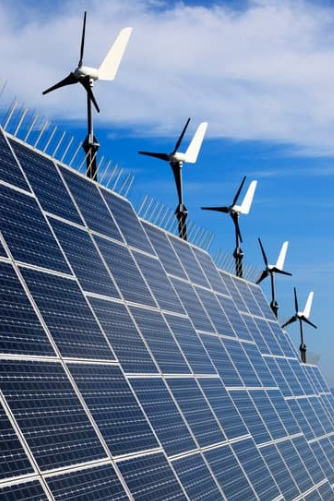
CAPLINQ offers solutions that address:
✔️RELIABILITY
Our materials are formulated to enhance thermal stability, vibration resistance, and long-term durability.
✔️PERFORMANCE
We prioritize advanced thermal management, high flexibility, and high-strength materials capable of handling thermal expansion and mechanical stresses.
✔️COMPLIANCE
Our formulations comply with strict environmental and safety regulations, including flame/ smoke/toxicity (FST), outgassing, MIL-STDs, and RoHS/REACH compliance
RELATED BLOGS
Because you're here, you might be interested in reading more about:
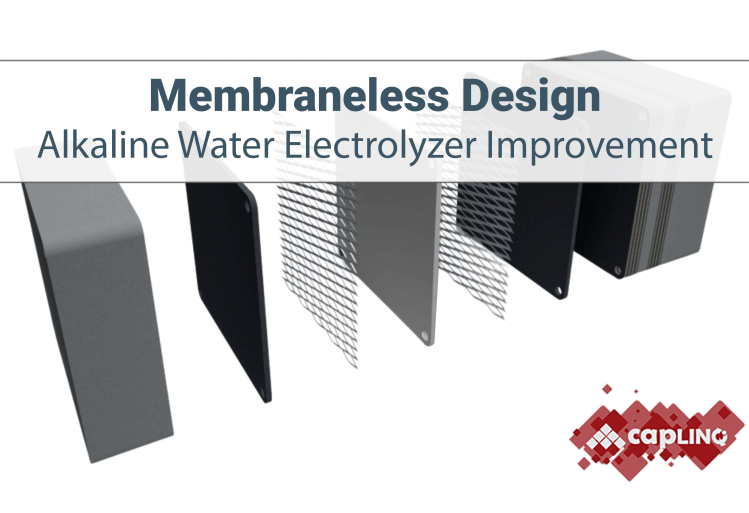 Improving Alkaline Electrolyzer Efficiency with the Membraneless Design
Improving Alkaline Electrolyzer Efficiency with the Membraneless Design
This blog is the second in a series exploring how alkaline water electrolyzers are evolving to overcome the efficiency limitations of traditional designs.
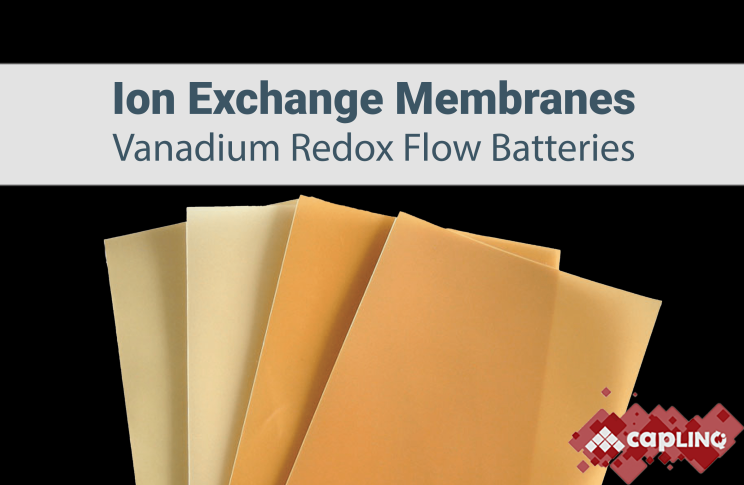 Cation and Anion Exchange Membranes for Vanadium Redox Flow Batteries
Cation and Anion Exchange Membranes for Vanadium Redox Flow Batteries
The blog explains how cation and anion exchange membranes work in vanadium redox flow batteries, highlighting their trade‑offs in ionic conductivity, vanadium crossover, and chemical stability.
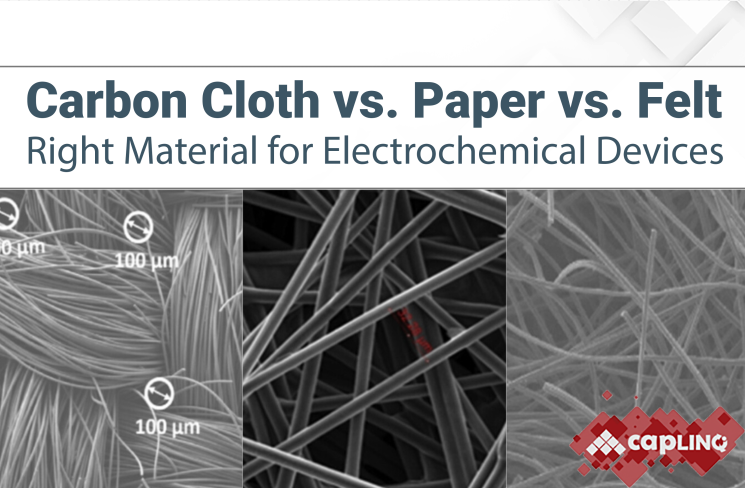 Carbon Felt vs. Cloth vs. Paper: Choosing the Right Material for Electrochemical Devices
Carbon Felt vs. Cloth vs. Paper: Choosing the Right Material for Electrochemical Devices
This blog compares carbon felt, cloth, and paper as porous carbon substrates, highlighting how their structural differences (porosity, thickness, compressibility) suit different electrochemical applications like fuel cells, electrolyzers, and flow batteries.





